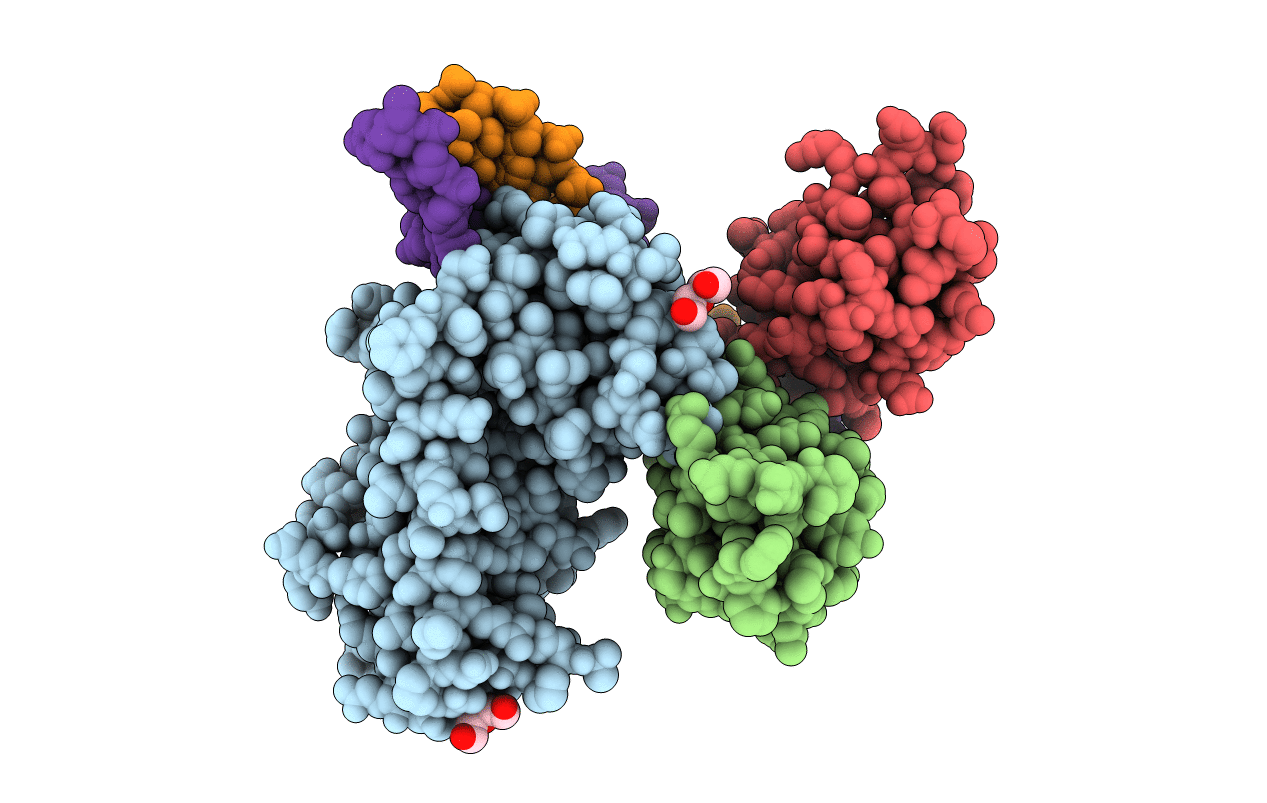
Deposition Date
2010-05-21
Release Date
2011-05-25
Last Version Date
2023-09-06
Entry Detail
PDB ID:
3N4M
Keywords:
Title:
E. coli RNA polymerase alpha subunit C-terminal domain in complex with CAP and DNA
Biological Source:
Source Organism:
Escherichia coli (Taxon ID: 83333)
Host Organism:
Method Details:
Experimental Method:
Resolution:
2.99 Å
R-Value Free:
0.22
R-Value Work:
0.19
R-Value Observed:
0.19
Space Group:
P 62 2 2


